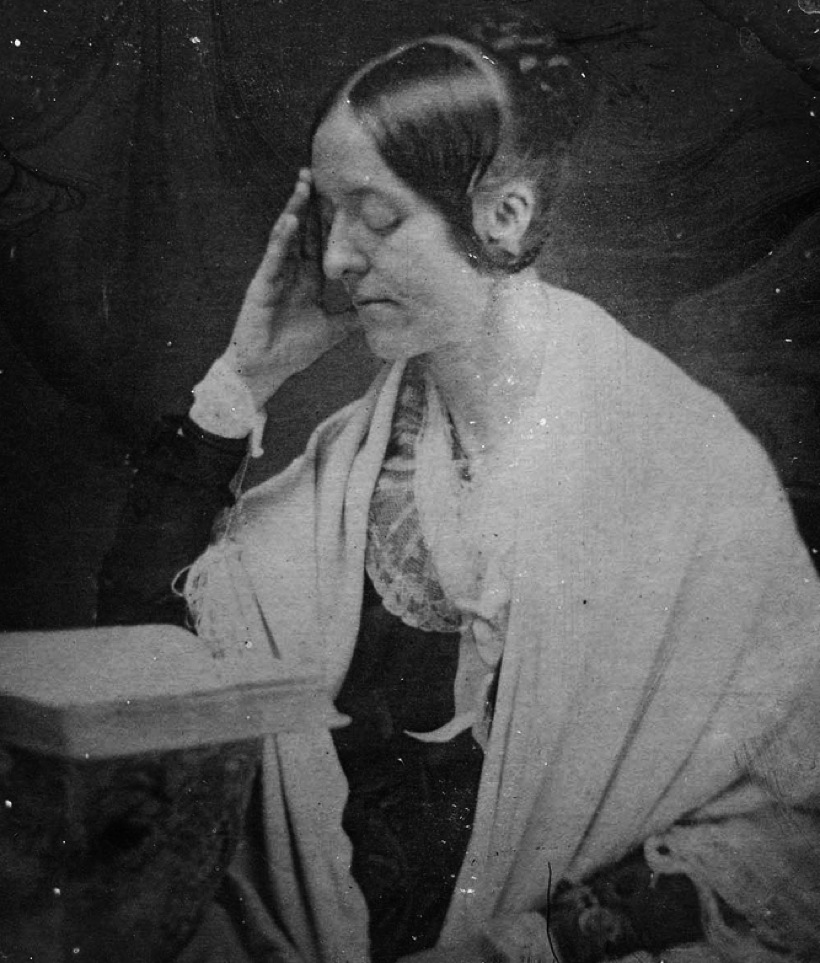Facts about Margaret Fuller
Margaret Fuller Biography
Margaret Fuller was a New England intellectual and journalist whose 1845 book Woman in the Nineteenth Century was a key influence on American women suffragists of the era.
It’s said Fuller was sharp of mind and tongue, and prominent writers and thinkers of the time found her both compelling and off-putting because of her breadth of knowledge and her stridency.
She was given a strict and classical education by her father, a Boston lawyer and U.S. congressman. After her father’s sudden death in 1843 she helped support her mother and younger siblings by translating German works and publishing essays.
Her essays led to a meeting with Ralph Waldo Emerson, with whom she formed a friendship in 1836. Fuller went on to become an instrumental voice in Transcendentalism and an editor of the movement’s journal, Dial.
Fuller also became friends with Henry David Thoreau and other Boston intellectuals, in large part because of discussion events she held in Jamaica Plain, outside Boston, now referred to as her “Conversations.”
Her 1843 essay “The Great Lawsuit: Man vs. Men and Woman vs. Women” caught the attention of Horace Greeley, who hired Fuller for his New York Tribune. Fuller wrote critical essays on art and literature, and gradually became more political over the issue of slavery and, ultimately, women’s rights.
She took her 1843 essay and turned it into her 1845 book, in which she cited injustices toward women throughout history. The book was a jumbled mess to some, but to others it sounded a call to re-examine the promises of democracy.
Hired as a foreign correspondent to cover the political goings-on in Europe, she arranged to meet influential intellectuals in England, France and finally Italy, where she fell in love with a 26 year-old nobleman, Giovanni Angelo Ossoli (Fuller was 37).
Fuller was sending reports back to the U.S., but also getting personally involved with the 1848 uprising in Rome. When the revolution failed, she and her husband fled first to Florence, then took a ship to the United States with their infant son in 1850.
Within sight of Fire Island, New York, Fuller’s ship ran aground and was wrecked. She and her husband and their child were presumed dead and never found.

